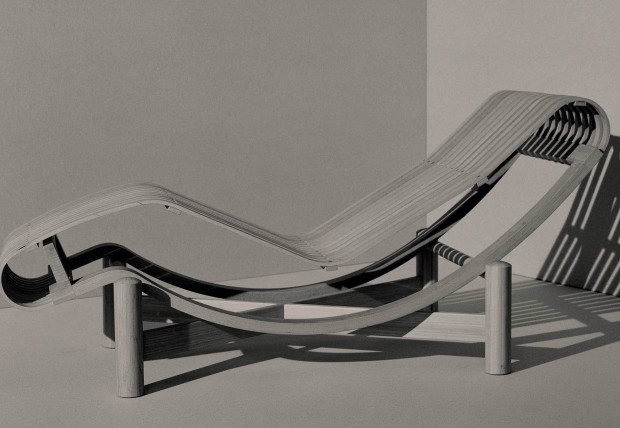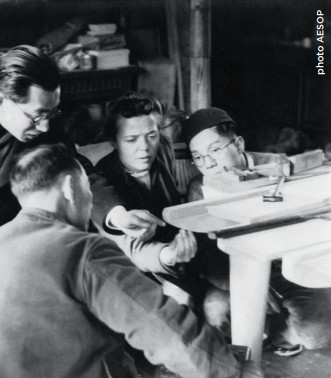Pernette Perriand-Barsac talks about preserving her mother Charlotte Perriand’s legacy with perfume.


French modernist Charlotte Perriand was famous for many incredible things. She was a close collaborator of legendary architect Le Corbusier. She has designed some of the world’s most celebrated chairs, some of which — including one chaise longue that is so comfortable that it has become the most popular prop in the adult film industry — are still in production today. She’s also known for her love of Japanese furniture and craftsmanship, having lived there while serving as an official advisor for industrial design to France’s Ministry for Trade and Industry in the ’40s.
It’s been 80 years since she embarked on a steam ship to Japan and more that two decades since she passed away at the ripe old age of 96, but her legacy has continued to inspire. Aesop is the latest brand to pay tribute to Charlotte’s time in Japan. And it is the first to do so with a fragrance. Described as “an intense yet tender fragrance” that appeals to all genders, Rozu eau de parfum was inspired by the variety of Japanese rose named after Charlotte, as well as the designer’s trailblazing career in a world dominated by men.
Rozu was created in partnership with perfumer Barnabe Fillion and Pernette Perriand-Barsac, Charlotte’s daughter and the sole custodian of the Perriand estate and intellectual property. Pernette was born in Vietnam, where Charlotte lived after her time in Japan was cut short by World War II. She worked closely with her mother for decades. We asked Pernette to share more.
YOUR INITIAL THOUGHTS OF THE IDEA OF TURNING CHARLOTTE’S LEGACY INTO A PERFUME
Charlotte Perriand created spaces you could see. A fragrance is also a form of space, but one you can see with another sense—smell. This perfume conveys a way of life, much like her architecture. The homage that is paid by Aesop through this fragrance is deeply touching. It is an invisible portrait of my mother.
THE IMPORTANCE OF PRESERVING HER LEGACY
Charlotte Perriand was born in 1903—in a way, she is the ancestor of the contemporary woman. She had to conquer her freedom, her financial and professional independence in the 1930s. She is a role model for modern women. Today, it is crucial to show that she stood on an equal footing with men because she was the best in her profession. One must preserve this legacy and highlight it, for the sake of all contemporary women.
WHY DO YOU THINK AESOP CHOSE CHARLOTTE FOR THIS PROJECT?
Perhaps it is because Charlotte Perriand was a free woman, a pioneer of the contemporary world, whose work meshes well with Aesop’s functional and aesthetic spirit. Aesop and Charlotte Perriand share certain values: the same relationship with nature and with natural materials; the high aesthetic standards based on the essential rather than the superfluous or the anecdotal; a certain form of purism with a human face.
WHAT ARE YOUR MEMORIES OF ASIA?
If you add up all the years I’ve spent in Asia, it’s quite a lot! I was the first girl to perform Kabuki in 1954—I was 10 years old. No woman had ever had the audacity to do so… Japan and its geography allow me to have this double culture, but without actually feeling Japanese.

Pernette Perriand-Barsac at Charlotte Perriand atelier in Paris.

“CHARLOTTE PERRIAND CREATED SPACES YOU COULD SEE. A FRAGRANCE IS ALSO A FORM OF SPACE, BUT ONE YOU CAN SEE WITH ANOTHER SENSE—SMELL. THIS PERFUME CONVEYS A WAY OF LIFE, MUCH LIKE CHARLOTTE PERRIAND’S ARCHITECTURE. ”
photo JULIEN THAMON


Tokyo Chaise Longue in bamboo by Charlotte Perriand.
Charlotte Perriand collaborating with Japanese craftsmen. far right, top Charlotte Perriand working in Japan in 1940s.
text YOUNG LIM AND ASIH JENIE























